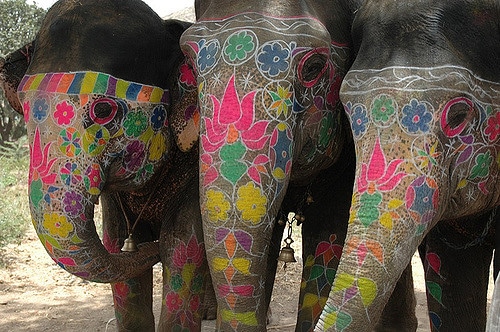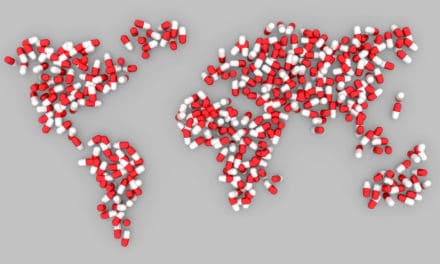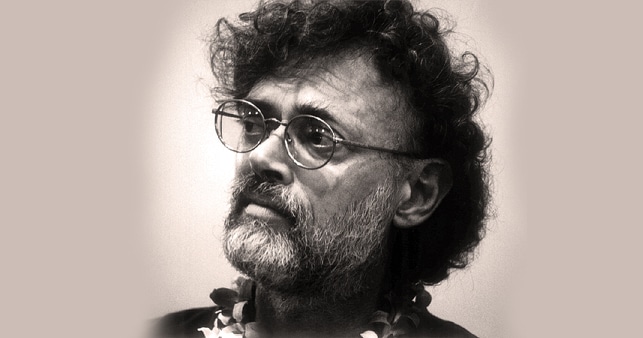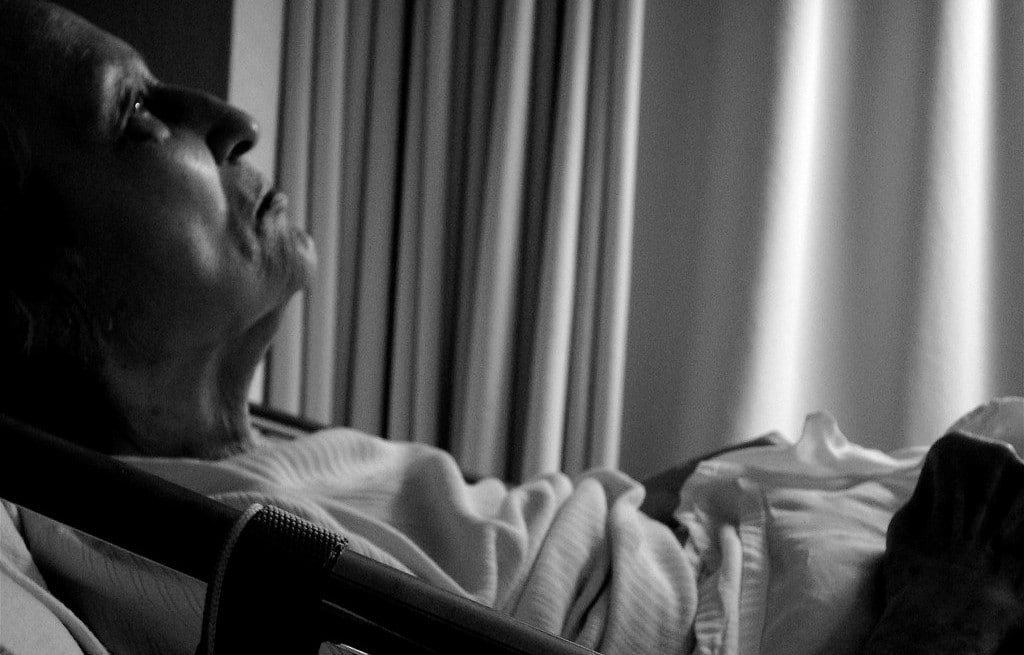
Image Source: Flickr user Diricia De Wet.
In 1977, Kenya imposed a nationwide hunting ban in response to illegal poaching that was depleting the country’s elephant populations. Zimbabwe was facing a similar problem, but instead of a ban, they did nothing. The next decade showed a contradictory lesson in economics and sociology: Kenya’s elephant population continued to drop dramatically, almost 90%, while Zimbabwe’s elephant numbers doubled so much that they had to consider ways to control the population.
The reasoning goes that the ivory ban in Kenya decreased supply and thus drove up prices on the black market, providing more incentive for poachers to take risks. Elephants aren’t psychedelics, but just as the lack of a regulated legal market provided incentive for profiteers to kill elephants, the illegal drug trade has incentivized the production and sale of drugs, which causes tens of thousands of human deaths annually from overdose and violence, and the incarceration of tens of millions of people.
Should we take a lesson from African hunting laws and legalize drugs? It’s actually not too far from what some policy experts are proposing, and at the very least, it’s largely agreed that a revision of drug policy is desperately needed. There have been whispers of the UN calling an official end to the War on Drugs for a while; last year, a landmark letter signed by over 1000 world leaders urged the UN to reconsider its drug policy:
“The role of criminalization and criminal justice must be limited to the extent truly required to protect health and safety. Drug control efforts must never do more harm than good, or cause more harm than drug misuse itself.”
Although the letter to the UN clearly outlined the problem, it didn’t propose a concrete solution. So, how can we carry out the goal of doing more good than harm with drug policy? While full legalization is the goal for substances like psychedelics, decriminalizing the use of drugs—taking the issue of drug abuse out of the hands of law enforcement and into the health care system—is the first step to accomplishing this goal of reducing harm.
Creating a Safer Product
The elephant story highlights a classic consequence of prohibition—by banning the sale of certain goods, you incentivize the risk incurred in illegal trade with bigger payoffs. These illegal markets, in turn, escalate a cycle of violence and churn out products of questionable quality due to lack of regulation.
Quality control of drugs is of concern these days, particularly for the psychedelic community—it seems like there’s a story every day about someone who’s overdosed on MDMA at a rave or had too much LSD. Often, these stories involve substances laced with other drugs, the true cause of most psychedelic-related deaths.
Decriminalization wouldn’t completely solve this problem—without a legal market to enforce quality regulations and be held accountable by the public, illegal drug markets will continue to thrive. But, as drug policy expert Mark Klieman explained, decriminalization would hypothetically lower the risk—and thus the incentive—of being involved in the drug trade. It would also bring a conversation about quality control to the table rather than focusing solely on prohibition.
Opening Doors for Critical Research
Some of the biggest problems our society faces today—addiction, depression, and anxiety—are foundationally intertwined with drug abuse. Paradoxically, some of the most promising medicines to treat these problems—psychedelics—are illegal themselves, under the lock and key of a Schedule I status from the DEA. This means researchers need special permission to study these substances, permissions which take a long time to acquire and are small in number.
This legal status greatly inhibits ongoing research, as we saw last year when the public and scientific community went into an uproar about the possible emergency rescheduling of kratom. Decriminalization would open the door to rescheduling psychedelics with medicinal potential—such as MDMA for treating PTSD, psilocybin for end-of-life anxiety, and ibogaine for addiction—and make it easier to perform critical research on the therapeutic value of these medicines. Paving the way for research would then help us solve problems of addiction and drug abuse sooner rather than later.
Funneling Money Into Health and Education Programs
The real crux of the decriminalization model is its treatment of criminal offenses associated with drugs—in this model, problems like drug abuse are treated as a public health issue rather than one of penal punishment. With less money fueled into law enforcement, resources open up to create health programs that support people struggling with addiction rather than punishing them.
Portugal is the leading example of how this might work. As a reaction to a growing heroin problem, Portugal decriminalized the use of all drugs for personal use in 2001, instead redirecting government money toward needle-exchange programs, education about opioid substitution, addiction recovery clinics, and reintegration efforts. The results have been promising—the rates of problematic drug use have decreased, drug use in general is below the rates of fellow European countries, and incarceration levels are down.
Portugal’s example shows that decriminalization not only decreases incarceration and relieves some of the pressure on stressed prison systems, it gets to the root cause of addiction and drug abuse. Rather than simply trying to limit its symptoms—as the current model does—decriminalization can lessen the stigma for people struggling with addiction as criminals and provide avenues for treatment.
The Transition to Legalization
Returning to my elephant story, when I said Zimbabwe did nothing in response to the poaching, that’s not exactly true. While the country did allow hunting in the years after Kenya imposed its ban, the upsurge in elephant population eventually caused them to create programs that supported local communities and granted hunting licenses to qualified parties. By putting the concerned parties in control of wildlife resources, they limited the harm from hunting bans in local communities and provided an incentive to protect elephant populations.
It’s a powerful story about how funneling resources into the right kind of regulation—rather than flat-out prohibition—can have a great impact, and it’s a story we can learn from as we navigate the future of drug policy. There’s no doubt that we have a problem with drugs in the U.S. and around the world. How we’ll solve it remains to be seen, but evidence shows that loosening the criminalization of drugs and putting resources toward health programs may be the first step.
For psychedelics, the question of their legalization may be the most important of all. These medicines have proven to be some of the most promising in the fight against the self-same diseases spurred on by the War on Drugs, like addiction, depression, anxiety, and PTSD. Decriminalization would open the door to necessary research into how psychedelics can treat these illnesses, particularly in how they can aid the psychotherapeutic process required of overcoming psycho-emotional disorders. A lot of headway has been made in the field of psychedelic therapy in the last two decades, but clearing the legal hoops of studying these medicines would do a lot to advance the field—and when tackling complex issues like drug abuse and mental illness, we need every tool we can find.









